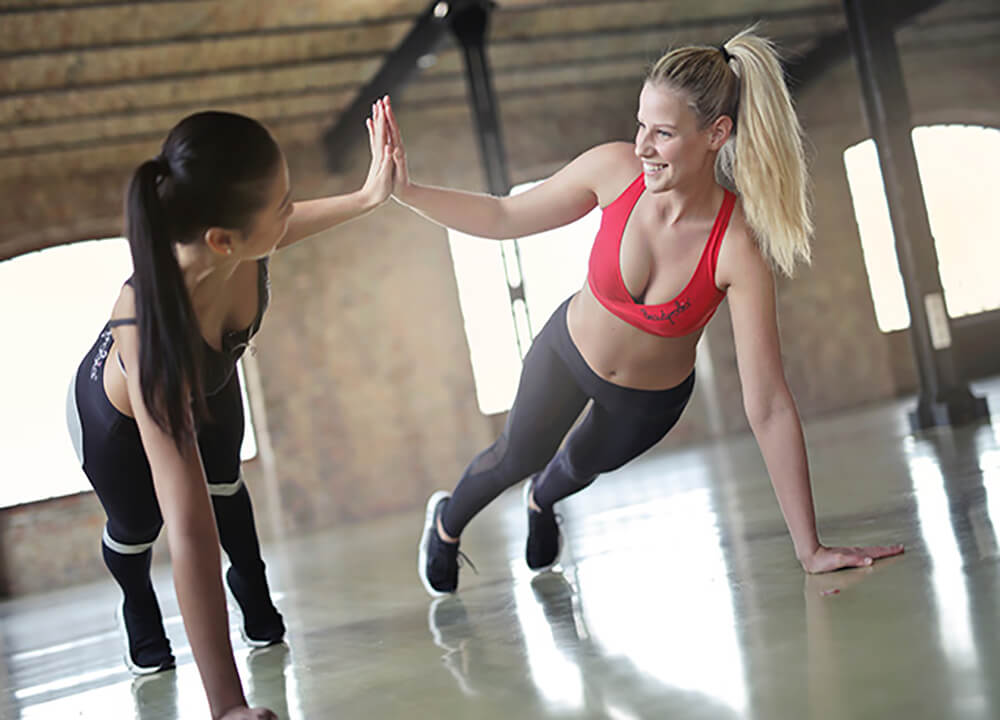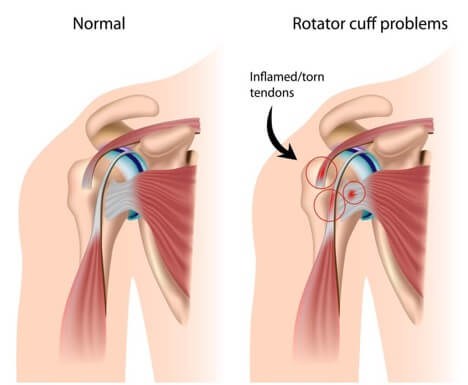Four Ways Swim-Specific Dryland Training Improves Performance

Dryland swim training is meant to improve your performance year-round, even when you can’t make it to the pool. But many swimmers don’t feel fully confident when it comes to knowing exactly what to do in the gym to improve their swim performance.
Should you lift heavy weights? Should you avoid heavy weights? How do you prevent injuries? What tools are available to keep proper form and biomechanics in the gym? Does dryland training really work?
The good news is that there are a few key things you can focus on during your dryland training that will help you improve your overall fitness as well as your performance once you’re in the water.
1. Improve Stroke Technique & Body Biomechanics
Dryland training for swimmers should also include an emphasis on biomechanics, form and stroke technique.
This requires a focus on exercises and training techniques that can:
- Create muscle memory (in the correct form)
- Improve posture and overall body positioning
- Prevent hyperextension
Unlike other athletic ventures, like running, swimming strokes aren’t inherently natural to perform. You have been walking or running since you were a child, so your muscle memories for those exercises are already well established.
But when was the last time you extended your arm overhead, bent it at the elbow, cupped your hand, rotate your shoulder and then pulled your entire body past your starting point?
They’re not necessarily natural, so you have to focus your time on learning how to perform those movements correctly.
Exercises that improve posture are also critical for any dryland training program. Swimming is a highly technical sport, and so any exercises performed during dryland training should be equally technical.
That’s why yoga and other posture-improving exercises – like stretch cords, bands or the Vasa SwimErg – are great additions to a dryland training program.
Any dryland training routine should also help you prevent hyperextension, particularly of the shoulders, elbows, and knees.
Because dryland strength training involves load-bearing exercises, like bench presses or weighted squats, there’s always a risk of overdoing it. But with a focus on biomechanics, swimmers should pay special attention to form during any weight lifting activities.
This will help prevent injuries and maintain proper biomechanics at all times so that your stroke isn’t negatively affected once you’re practicing in the pool or open water.
2. Swim-Specific and Foundational Strength Building Programs
Weightlifting and other forms of gym training will look different for swimmers than other types of athletes. Or, at least, it should look different.
The goal of a well-developed dryland program is really to improve swimmer performance, not just to make you stronger (though it will accomplish that too). A swimmer’s strength training program should be somewhat swimming-specific.
This means that swimmers should ideally focus on exercises that increase the swimmer’s pull while “greasing the groove” for a powerful high elbow catch, as well as circuits and routines that build long, lean muscle rather than bulk.
This might mean including both weight bearing and non-weight bearing exercises that focus on strength and power.
Bird Dog exercises, for example, build contralateral core strength (from hip to shoulder) and are designed to add more extension and power to your strokes.
You can find more swim-specific exercises in a workout circuit like this one, which is demonstrated on a dryland machine like the Vasa Trainer.
Of course, this doesn’t mean that your program should be completely focused on swim-specific strength exercises.
Chris Ritter from U.S. Masters Swimming suggests using core strength exercises that aren’t necessarily swim-specific because swimmers tend to perform “the craziest looking exercises” to mimic swim strokes.
He recommends focusing on technically sound upper and lower body strength standards, like pull-ups, overhead presses, squats, and walkouts with the wheel.
It’s also important for swimmers to test their overall strength once they are in the pool. This might include performing strength testing in the weight room or range of motion (ROM) tests, as well as time or performance comparisons in the water.
Your dryland training should make you a more effective and powerful swimmer once you’re in the water. If that’s not happening, you will need to adjust your dryland routine accordingly.
For more dryland exercises, check out our shoulder exercise examples here as well as our core strength training exercises here. These exercises will also help you with the next areas on this list.
3. Develop Core Strength & Improve Speed
Another thing that sets swimming apart from different athletic disciplines is the need for explosive power in the water, particularly during starts and turns.
This means that dryland training needs to incorporate exercises that can provide that power without adding unnecessary bulk (which can increase frontal drag).
While heavy lifting is great for many athletes, and can certainly still benefit swimmers, “bigger” doesn’t necessarily equate to stronger when it comes to a better swim performance.
Strength training should, therefore, be focused on improving muscle stability and overall power (as mentioned above), but also on speed, flexibility and core strength.
Core strength, in particular, should be the main focus of your time spent in the gym. As Sarah McLarty puts it, “Fast swimming comes from powerful strokes. Powerful strokes come from a strong core.”
Exercises like the Kneeling Plank, for example, can improve muscle stability as well as add core strength to improve speed.
While total-body strength is important, the fastest, strongest swimmers are those who can achieve a streamlined body position in the water. This is only achievable with a strong core and lean muscle mass.
Any dryland training program should include core training as a key component.
4. Injury Prevention (Avoid “Swimmer’s Shoulder”)
Strength training is essential for swimmers because muscle weakness is often a leading cause of injury.
Studies show that shoulder instability is one of the most common problems for competitive swimmers. In fact, shoulder pain and injury have a reported prevalence of 40% to 91% for swimmers, compared to any other sport.
One of the most common injuries for swimmers is what’s known as “swimmer’s shoulder.”
Swimmer’s shoulder results from muscle fatigue of the rotator cuff, upper back, and pectoral muscles. It’s caused by repetitive movements (swim strokes), which create microtrauma (small tears) in the muscle tissue over time.

Normal and Rotator Cuff Problems in Swimmer’s ShouldersPhoto Courtesy: Victoria Physiotherapy Group
These tears are often the results of muscle instability or weakness. When muscles are not properly conditioned, microtraumas – and subsequent injuries like swimmer’s shoulder – are far more likely to occur. (Here’s how to prevent swimmer’s shoulder.)
In addition to weight training and core strength and stabilization, dryland programs should include targeted shoulder work as well as appropriate recovery practices.
This also means avoiding overtraining during dryland sessions.
Supplementing lower impact exercises that aid in flexibility, posture improvement, and muscle stabilization can significantly reduce the chances of injury without adding to the risk of microtraumas.
Yoga can be perfect for swimmers trying to recover from or prevent injuries.
The Downward Facing Dog Pose, for example, can improve flexibility in the shoulders and prevent overextension.
For swimmers looking to prevent injuries in the water, it will be equally important to focus on injury prevention during dryland training sessions, too.
Final Thoughts
Making the most out of your dryland training programs comes down to focus. More specifically, focusing on four key areas:
- Strength building (both swim-specific and general)
- Body mechanics and stroke technique
- Injury prevention
- Core strengthening
With an emphasis on these components, swimmers will be able to maintain the correct form, improve strength, flexibility, and speed, and improve their power year-round, without even being in the water.
This means when it does come time to dive in, you’ll be stronger, better and faster.
The above press release was posted by Swimming World in conjunction with Vasa Trainer. For press releases and advertising inquiries please contact Advertising@SwimmingWorld.com.



